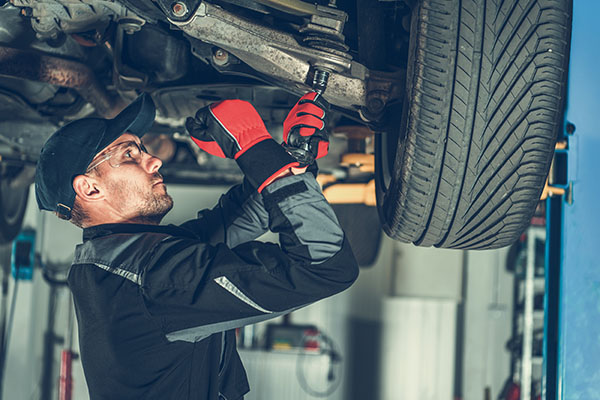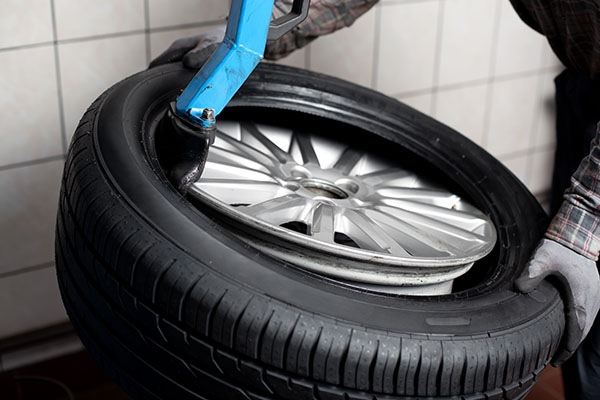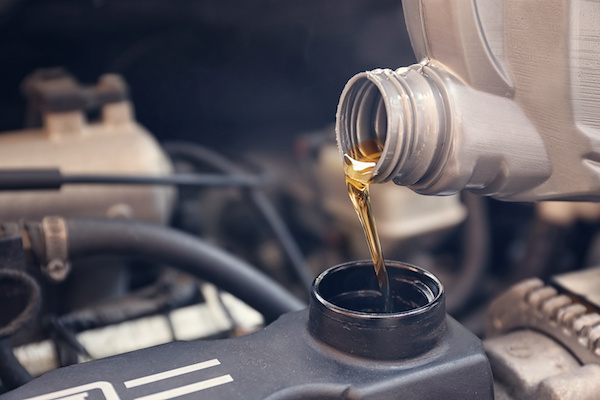Posted on 7/31/2023

Picture this: you're driving along a seemingly smooth road when suddenly, you encounter a pothole or a speed bump, and your car's suspension seems to bounce and jiggle. If you've experienced this bumpy ride, you're not alone! Many drivers wonder why their cars feel springy or bumpy when encountering road obstacles. Let's give more meaning to this question and explain the reasons why this occurs. The Suspension System's Role To understand the bumpy ride, it's essential to grasp the role of your car's suspension system. The suspension is designed to provide a comfortable and controlled driving experience by absorbing shocks and vibrations caused by irregular road surfaces. Here come the main culprits of this issue: the springs and dampers (also known as shock absorbers). Springs support the vehicle's weight and allow the wheels to move up and down to adapt to road imperfections. Dampers work in conjunction with the springs to contro ... read more
Posted on 6/30/2023

Have you ever experienced vibrations or an uncomfortable ride while driving? If so, your vehicle's wheels may be out of balance. Wheel balancing is a crucial maintenance procedure that ensures the weight distribution of the wheels is uniform, resulting in a smooth and safe driving experience. Let's take a closer look at how this procedure is performed and why it's important. Wheel Balancing Process Wheel balancing is typically performed using specialized equipment at an automotive service center. The process involves the following steps: Wheel Removal: The wheels are removed from the vehicle, allowing access to the tires and rims. Tire Inspection: Each tire is carefully inspected for any signs of damage, uneven wear, or bulges. Damaged tires are typically replaced because they hinder the balance and performance of the car. Mounting on the Balancing Machine: The tire and rim assembly is mounted onto a w ... read more
Posted on 5/31/2023

With summer around the corner, it is the perfect time for road trips, outdoor adventures, and basking in the sun's warmth. As the temperatures rise, so do the demands on your vehicle's engine. One essential maintenance task that should be at the top of your summer to-do list is an oil change. Today, we will explore why most vehicles crave oil changes during this time and how they can keep your vehicle running smoothly. Engine Cooling New engine oil is a cooling agent, lubricating various components and preventing excessive friction and heat buildup. Regular oil changes ensure that the oil maintains its optimal viscosity, allowing it to dissipate heat and keep your engine cool. Enhanced Lubrication Engine parts are constantly moving and rubbing against each other, creating friction. Without proper lubrication, this friction can cause significant wear and tear. If you don't want reduced engine performance and premature engine damage, please remember to change your oil.&nb ... read more
Posted on 4/30/2023

Road trips can be very fun and exciting (yes, we're referring to the journey to get to your destination). To make your next road trip more enjoyable, we propose the idea of playing games with your fellow road passengers. Road trip games can make the ride more entertaining, and it'll make the time breeze by. Here are some of our favorite road trip games! License Plate Game The License Plate Games is a classic game where you try to spot license plates from all 50 states. Keep a list of the states you've seen and see how many you can cross off by the end of your trip. I Spy Another classic game that can be played with people of all ages. Take turns choosing an object within sight and giving the famous "I spy" clue. Example: "I spy with my little eye something green." 20 Questions One player thinks of a random object, and the other players take turns asking yes or no questions to try to determine what it is. The game ends when someone correctly guesses ... read more
Posted on 3/27/2023
.jpeg)
Spark plugs are an essential component in your car's engine that most drivers often overlook. They are small but mighty and provide the spark needed to light up the air and fuel mixture. Without spark plugs, your engine will not operate smoothly (or at all, for that matter). Spark plugs are not invincible, meaning they will eventually become worn or damaged, and they will need to be replaced. But how often should you replace your spark plugs? The answer to that question depends on several factors, including the type of spark plugs you have and how often you drive your car. Generally, it is recommended that you replace your spark plugs every 30,000 to 100,000 miles. However, some newer cars have iridium or platinum spark plugs that can last up to 100,000 miles or more.Signs that it's time to replace your spark plugs:Rough Idle - If your car's engine is idling roughly, it could be a sign that your spark ... read more